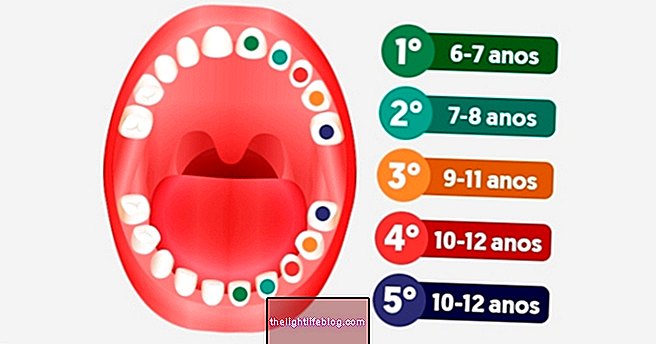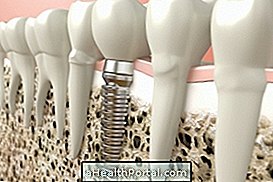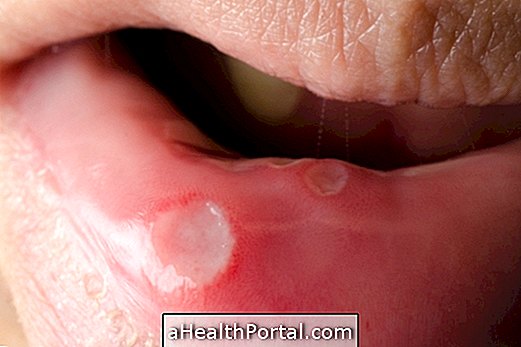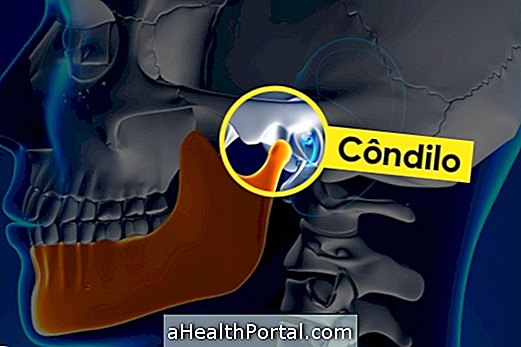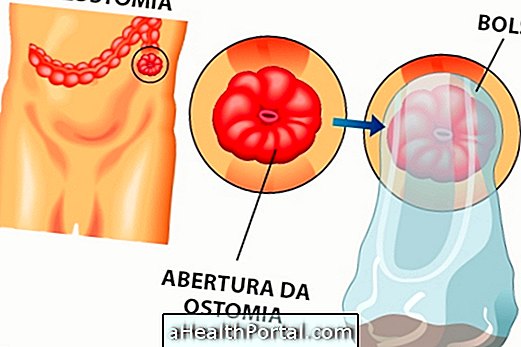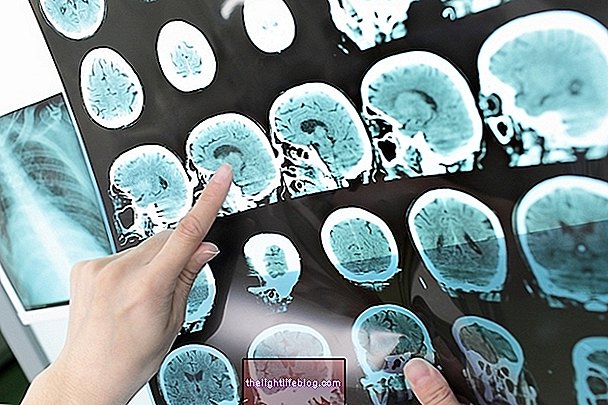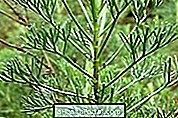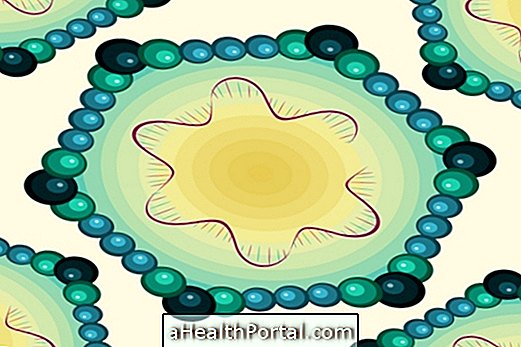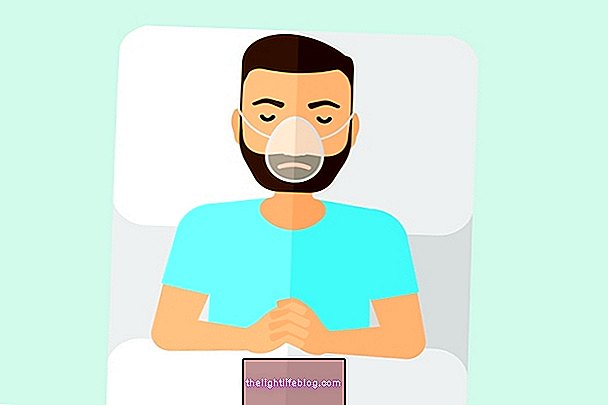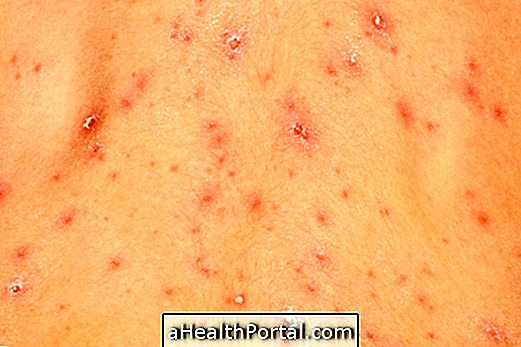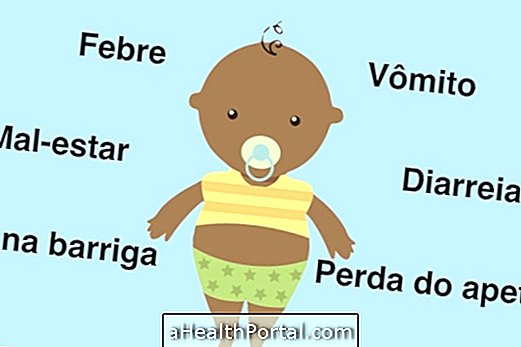The symptoms of oral candidiasis are caused by the development of the fungus Candida albicans and include:
- Whitish layer on the mouth;
- Plates of a creamy substance in the mouth;
- Sensation of cotton inside the mouth;
- Pain or burning in affected regions;
Symptoms of candidiasis in the mouth are common in infants and newborns, as they have poorly developed immune systems, however oral candidiasis is also common in patients with HIV, diabetes or infections.
In more severe cases, candidiasis can affect the esophagus, causing candidiasis symptoms in the throat which include pain and difficulty swallowing food.
Treatment for oral candidiasis
Treatment for oral candidiasis can be done at home and lasts for about 14 days, starting with the use of antifungal mouthwashes, such as Nystatin.
If the rinse is ineffective, the doctor may prescribe oral antifungal medicines, such as Fluconazole, which should be taken according to medical advice, even after the disappearance of the symptoms.
In addition, in order to facilitate the treatment for candidiasis in the mouth, it is important to maintain good oral hygiene, brushing teeth after eating, or, in the case of the baby, giving 20 ml of boiled cold water to remove milk traces from the mouth.
Useful links:
- Symptoms of candidiasis in man
- Fluconazole (Zoltec)
- Oral candidiasis

